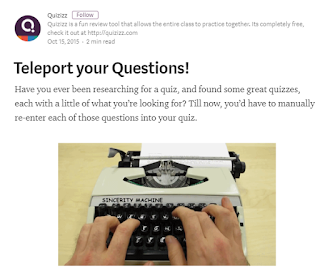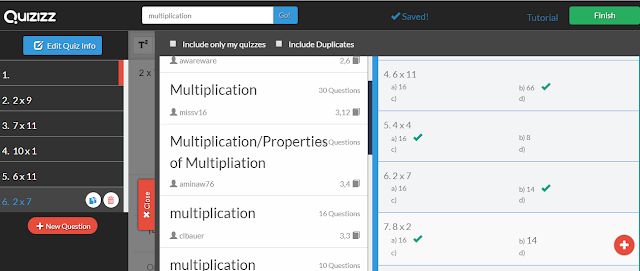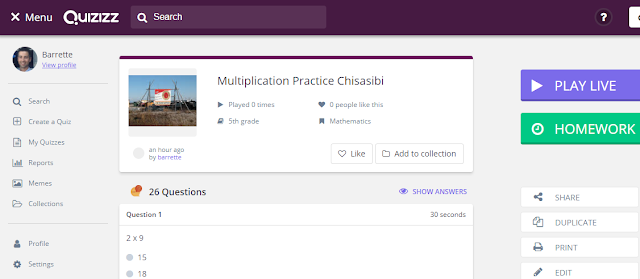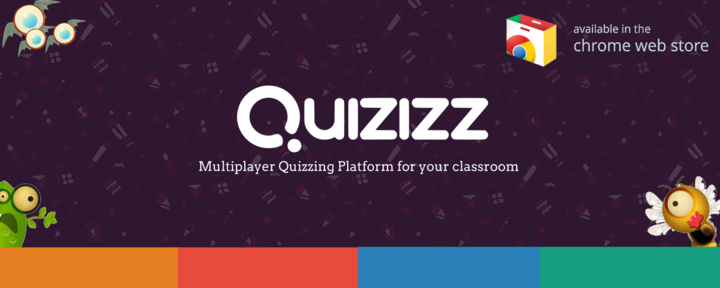I am a big fan of the infographic as a means of harnessing
student attention. I think they can present entry points to all sorts of rich math
discussions in class. They are visually interesting and often neatly summarise
quite complex ideas or huge figures in a way which is easy to absorb. Below is
one that recently caught my eye, listing the dizzying number of social media
happenings in 1 minute (from http://www.mathematicshed.com/infographics-shed.html).
This presents some obvious tie-ins with Number Sense or Data Management strands;
students might survey and graph their own social media use after exploring the
stats here, for example.
On a similar theme, this interactive 3D graphic mapping global population is pretty fascinating too.
Students could be tasked with finding out the biggest
population centres in each continent and creating their own graphs, but this
would be a great hook to kick things off in the Data Management strand. There are
lots more in a similar vein at metrocosm.com.
I’d be interested to hear if anyone else has any favourites.




















